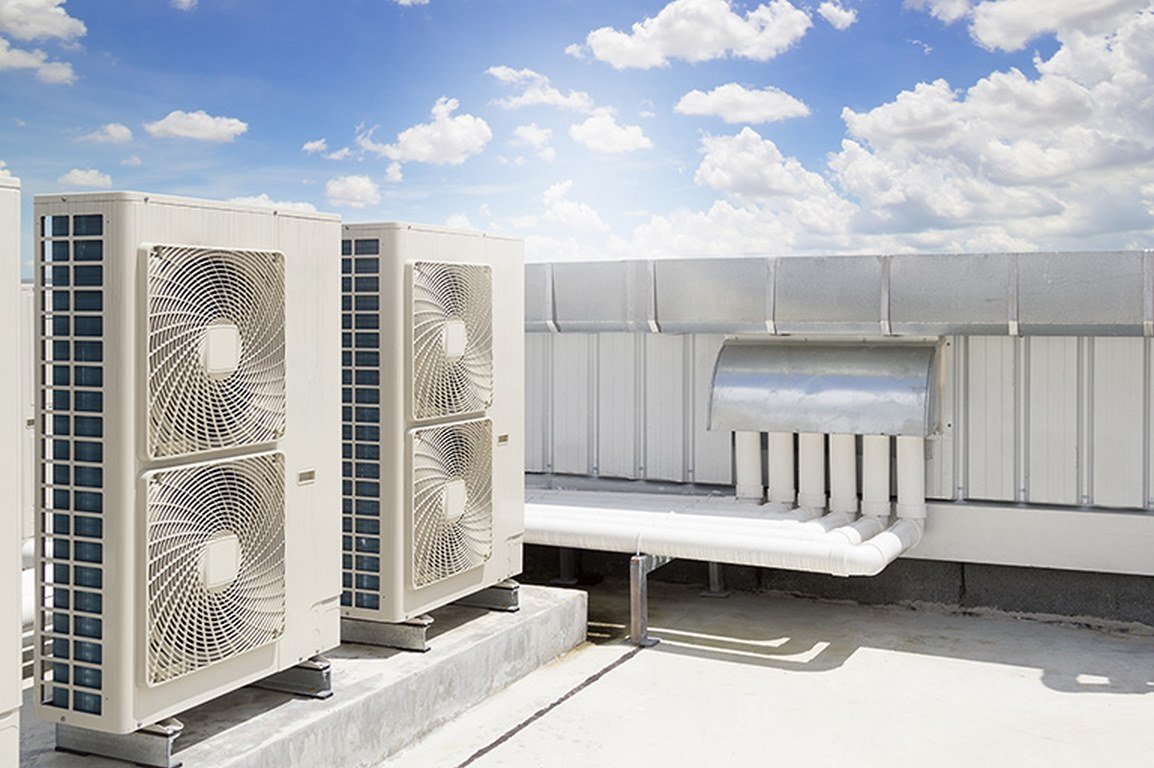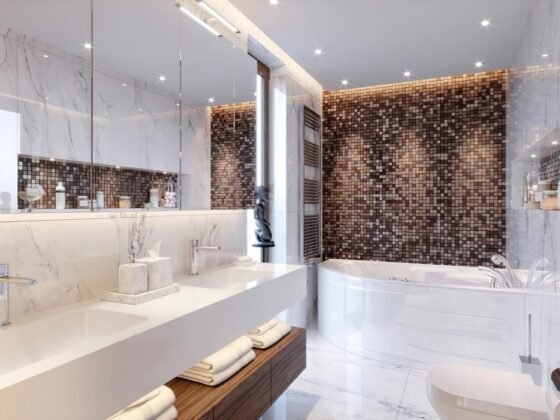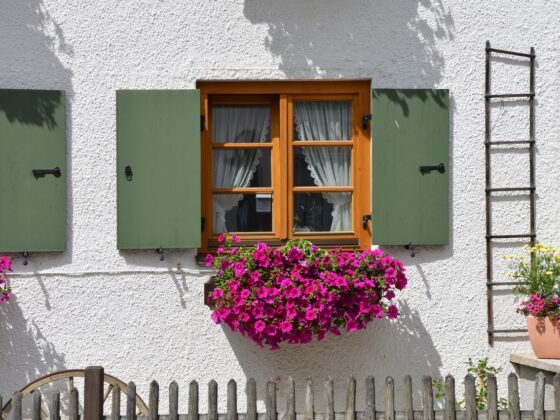Table of Contents Show
HVAC encompasses all comfort systems and related parts in your home.
But did you know that there are four basic categories that can describe the commonly used HVAC systems?

This information is helpful to know if you’re considering replacing what you already have or exploring the possibilities with an entirely new comfort setup for your living spaces – or a complement to other existing heating or cooling sources in your home.
Here’s a closer look at the four main options with HVAC systems.
1. Split Systems
These systems are what most people tend to think of when HVAC systems are mentioned. A split system, as the name implies, is “split” between two main units or systems – one for cooling and one for heating.
Split systems are popular since they provide year-round comfort and the option to control both functions with a single thermostat.
These are the systems that typically have a unit located outside for the air conditioner that’s connected to an indoor unit with a connected furnace or another heating system.
Air purifiers and humidifiers can also be included with split HVAC systems to further maintain optimal comfort regardless of what’s going on outside.
2. Hybrid Split HVAC Systems
Similar to split systems, hybrid split HVAC systems have some unique characteristics worth considering.
The main one is that they are designed to keep energy costs lower thanks to an electric hybrid heating system that’s typically included with these systems.
You’ll also have the ability to switch between gas and electric, which further boosts the potential for much-appreciated savings.
Hybrid HVAC systems tend to be especially appreciated in areas where winters aren’t too harsh. With this option, you’ll get all the benefits of a split system coupled with added savings on your utility bills.
Read Also:
3. Mini-Split Systems
Also called duct-free systems, mini-split HVAC systems do have a more significant upfront cost. However, these systems do have some appealing perks and potential long-term benefits.
With this type of HVAC system, units are placed in each room or area of your indoor environment. There’s typically an outdoor compressor that’s attached to an indoor unit attached to a wall.
Because these systems are independent, it’s worth considering a mini-split HVAC system for spaces that might include:
- A new home addition
- An unheated garage
- A basement or attic where some added comfort control is needed
Mini-split systems also tend to be appreciated in hotels or similar areas where it’s important to give guests or tenants the ability to control temperature more individually.
In a home setting, these systems may be preferred if you have certain areas, like a living room or kitchen dining area, where more time is spent.
Regular maintenance and cleaning are typically required to keep ductless or mini-split systems operating as efficiently as possible. Whether you need an emergency HVAC repair or regular maintenance, professionals, like heating repair in Baltimore can help you.
4. Packaged Heating and Air Systems
These systems are definitely the most unique out of all the options with the HVAC systems listed here. A packaged heating and air system are so-named because it’s a contained heating and air unit.
The unit is conveniently stored within your home. Because these HVAC systems are more compact, they tend to work well in smaller homes or spaces.
These systems produce electrically generated heat, and they’re efficient since the comfort can be focused on key areas in your home.
The air that’s produced from the same unit eliminates the need for having two separate units for heating and cooling.
A packaged unit isn’t as powerful as other options. Even so, it can still be effective in either warmer climates or a situation where you have fireplaces to balance out your home’s overall comfort.
Other benefits associated with a packaged unit include:
- Easy, streamlined maintenance
- An easier installation process
- The ability to heat and cool larger spaces if you go with a larger packaged unit
Split systems are widely considered to be the most popular choice with HVAC systems. That said, you ultimately want to make a choice that’s appropriate for your personal preferences, comfort needs, and available budget.
Now that you know more about the four basic categories of HVAC systems, you can make a more confident and well-informed decision.









